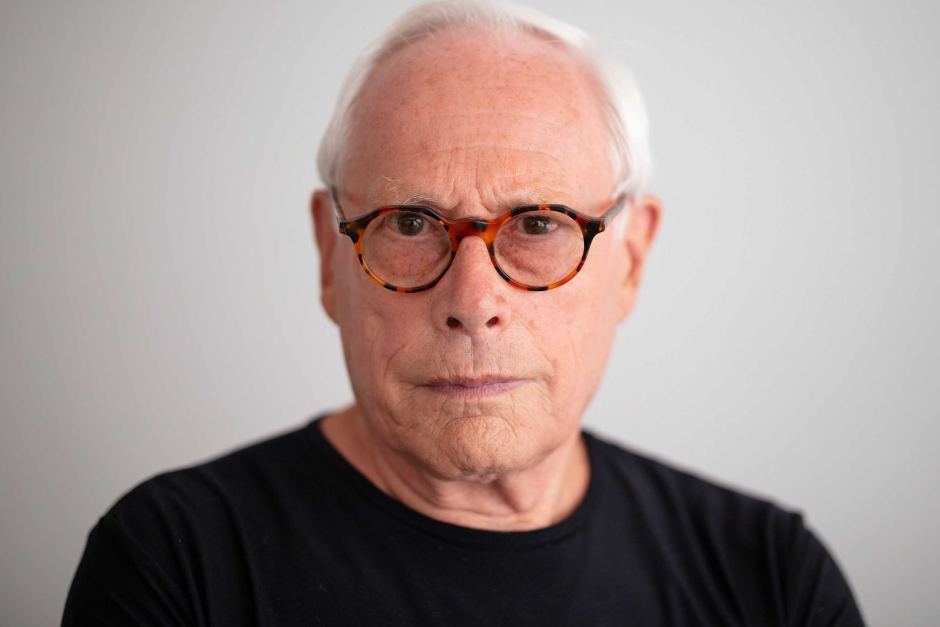Independent filmmaker, Gary Hustwit, is sharing some of his work online for free during the COVID-19 lockdowns. Gary’s excellent documentary on legendary designer, Dieter Rams, is available from tomorrow for one week only. I will be watching it again and recommend it to everyone.
“You cannot understand good design if you do not understand people,” says Rams, who is often described as the father of modern product design. Dieter’s core principles will chime with any classic Porsche aficionado, as they had an undeniable influence on Ferry Porsche’s design team. Rams’ famous ten principles state that good design:
- is innovative
- makes a product useful
- is aesthetic
- makes a product understandable
- is unobtrusive
- is honest
- is long lasting
- is unobtrusive
- is thorough down to the last detail
- is environmentally friendly
- is as little design as possible
The philosophy is summed up as “less, but better” and that is just how this documentary is shot. Everything is considered and measured. The addition of a soundtrack by the great Brian Eno is perfect simpatico.
About Gary Hustwit
I can’t remember how I found Gary Hustwit: it might have been credits in the “Abstract” series on Netflix. However it happened, it was a good day. Gary’s journey into creating unforgettable design documentaries wended its way through an early career releasing punk music for SST Records, running an independent book publishers, founding a media website and eventually opening an independent DVD label: Plexifilm. Work released through Plexifilm included films by Andy Warhol and David Byrne and encouraged Hustwit to create his own content.
Hustwit’s directorial debut came in 2007, with the release of ‘Helvetica’: a feature-length documentary about graphic design and typography. The first in a trilogy of work on design, it was followed by 2009’s ‘Objectified’ (covering industrial and product design) and ‘Urbanized’: a 2011 documentary about the design of cities.
Gary’s feature-length 2018 documentary on Dieter Rams is a superb introduction to this exceptional design mind. Produced and directed by Hustwit, the director describes ‘Rams’ as “a documentary portrait of one of the most influential designers alive, and a rumination on consumerism, sustainability, and the future of design.”
About Dieter Rams
Dieter Rams was born in 1932 in Wiesbaden, Germany. While training as an architect at the Wiesbaden School of Art, Rams also completed a carpentry apprenticeship. He began his architectural career with a practice in Frankfurt, but his work soon caught the eye of the Braun brothers, Artur and Erwin. The brothers had taken control of the family firm after the sudden death of their father, Max, in 1951. They liked Rams’ design ideas and brought him to their company in 1955.

Rams served as Head of Design from 1961 to 1995, championing the relationship between form and function. Rams unified the identity of all Braun products, whatever their purpose. The success of this groundbreaking approach was no accident. Artur and Erwin Braun’s vision and the new design attitude personified by Rams were perfectly attuned.
Sadly, the Braun brothers passed away before Hustwit could interview them for his documentary, but there was no shortage of contemporary designers willing to testify to Rams’ influence on the German design renaissance though the 1950s and 1960s. Watching the documentary, I found I had unknowingly owned and enjoyed quite a bit of Dieter’s work, including a much-loved Braun travel clock, which I got as a present before leaving Ireland for London in the late 1980s. To top it all, we find that, of course, Dieter Rams drives a Porsche 911.
I urge you to watch this excellent documentary and to check out Gary’s other work. It will make you think differently, and perhaps make you act a little differently, too. Also check out the Oh You Pretty Things webshop: after watching the Rams documentary, I bought a signed poster from the South Korean launch of the Rams’ documentary. It will go on the wall of my office, whenever I finish that!
Rams from Film First on Vimeo.
Images by Gary Hustwit


0 Comments